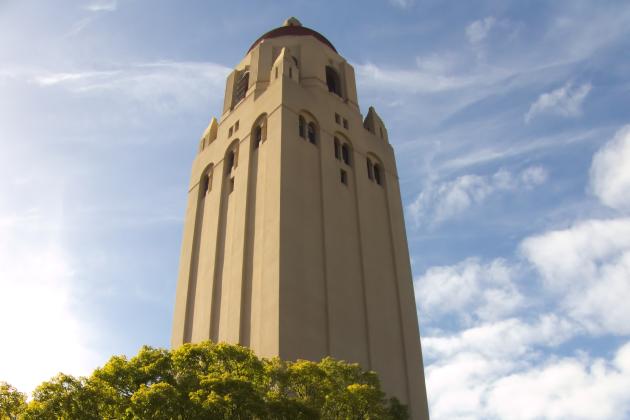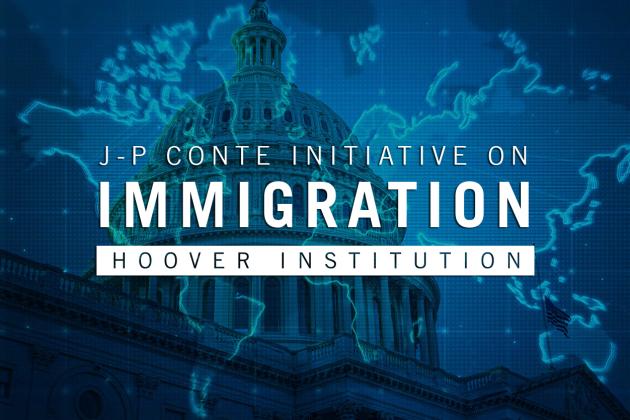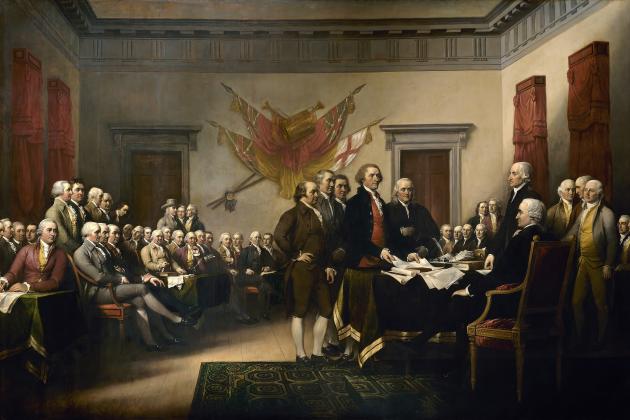PARTICIPANTS
Raj Chetty, Terry Anderson, Scott Atlas, Michael Boskin, Tom Church, John Cochrane, Nicola Fuchs-Schündeln, John Gunn, Laurie Hodrick, Nick Hope, Chad Jones, Tim Kane, Dan Kessler, Stephen Langlois, Ed Lazear, Josh Rauh, Matthias Schündeln, John Taylor, Yevgeniy Teryoshin
ISSUES DISCUSSED
Raj Chetty, Professor in the Economics Department at Stanford University, discussed his work on “Neighborhoods and Economic Opportunity in America.”
Raj Chetty opened with a discussion on the American dream and the intergenerational mobility it requires. He noted that upward intergenerational mobility, captured by the probability the child of parents in the lowest quantile ends up in the top quantile, is 7.5% in the United States and is well below intergenerational mobility in other developed countries. Differences in intergenerational mobility across areas in the United States are even larger than the differences across countries; varying from below 5% in Southeastern cities such as Charlotte and Atlanta to over 15% in many Bay Area counties.
He then described the methodology in establishing a causal neighborhood effect on upward mobility. He uses a dataset of 10 million children in 1980-82 and their income in early adulthood to calculate upward mobility across metro and rural areas in the United States. For each region, he looks at the mean income rank for children with parents at each decile of the national income distribution. He then estimates the neighborhood effects by looking at households that move once. For each age he estimates the effect on the child's rank in the income distribution from the difference in predicted outcomes of permanent residents in the destination versus the place of origin.
Raj Chetty then presented the results. Moving at age 13 to a region where the predicted income rank of permanent residents is 1 percentile higher increases the child’s mean rank in the income distribution by .628. Varying the age of the move changes the exposure to the new neighborhood. Assuming that selection of households does not vary with the child’s age, this allows Raj Chetty to estimate the causal effect of moving one year earlier to an area with 1 percentile better outcomes as a 0.038 percentile improvement in earnings. Furthermore across heterogeneous subgroups movers' outcomes converge uniformly to the permanent residents' outcomes.
The seminar ended with a discussion of the policy implications of the findings. The first issue addressed was whether promoting mobility is welfare improving as Raj Chetty's findings do not provide general equilibrium welfare results. Chetty then showed that in the Moving to Opportunity Experiment, which found no neighborhood effects, there were effects for young children consistent with his own findings. He also identified lower segregation, lower income inequality, better family structure, higher social capital, and higher school quality as the likely sources in regional differences of upward mobility and through which public policy may affect upward mobility.









